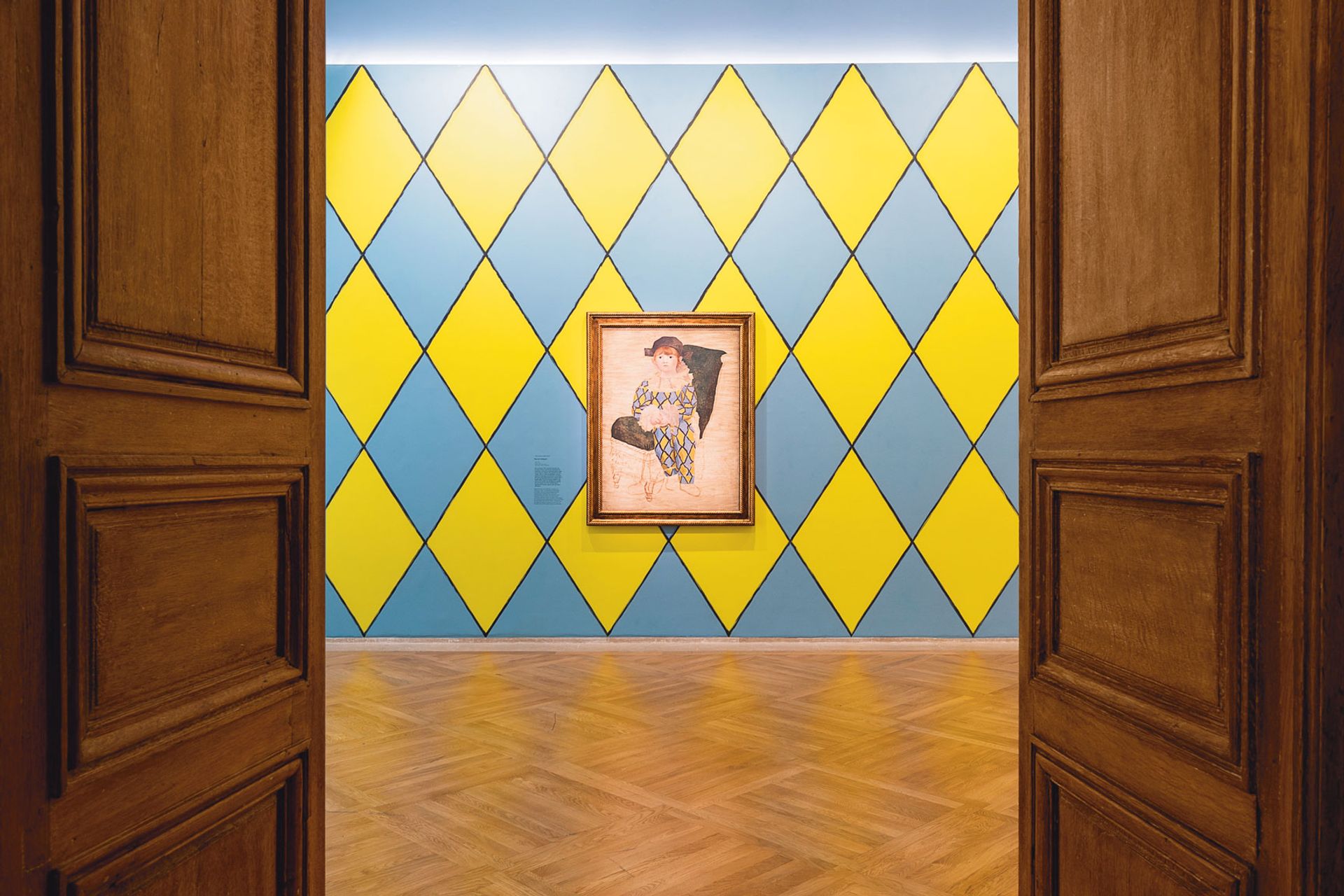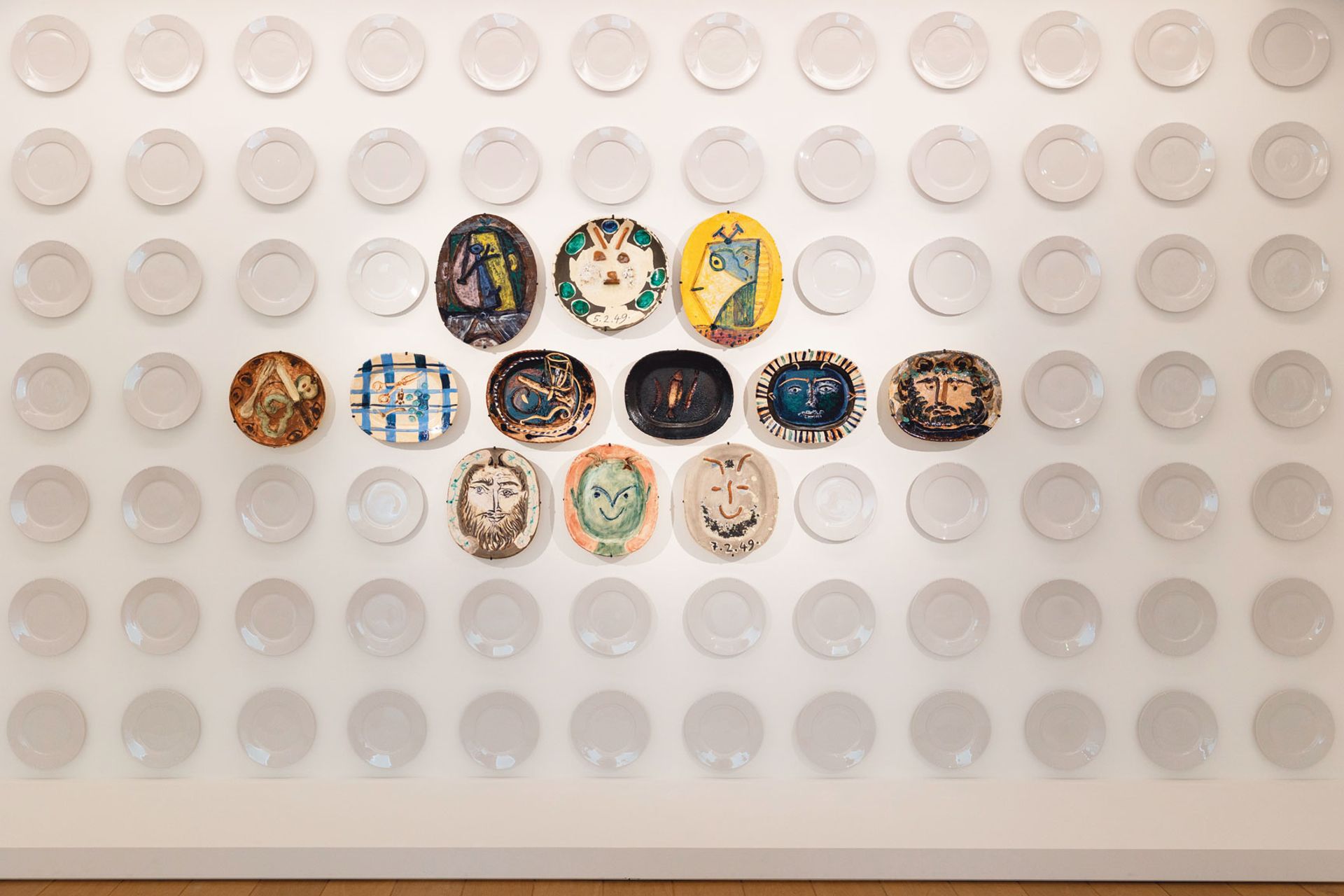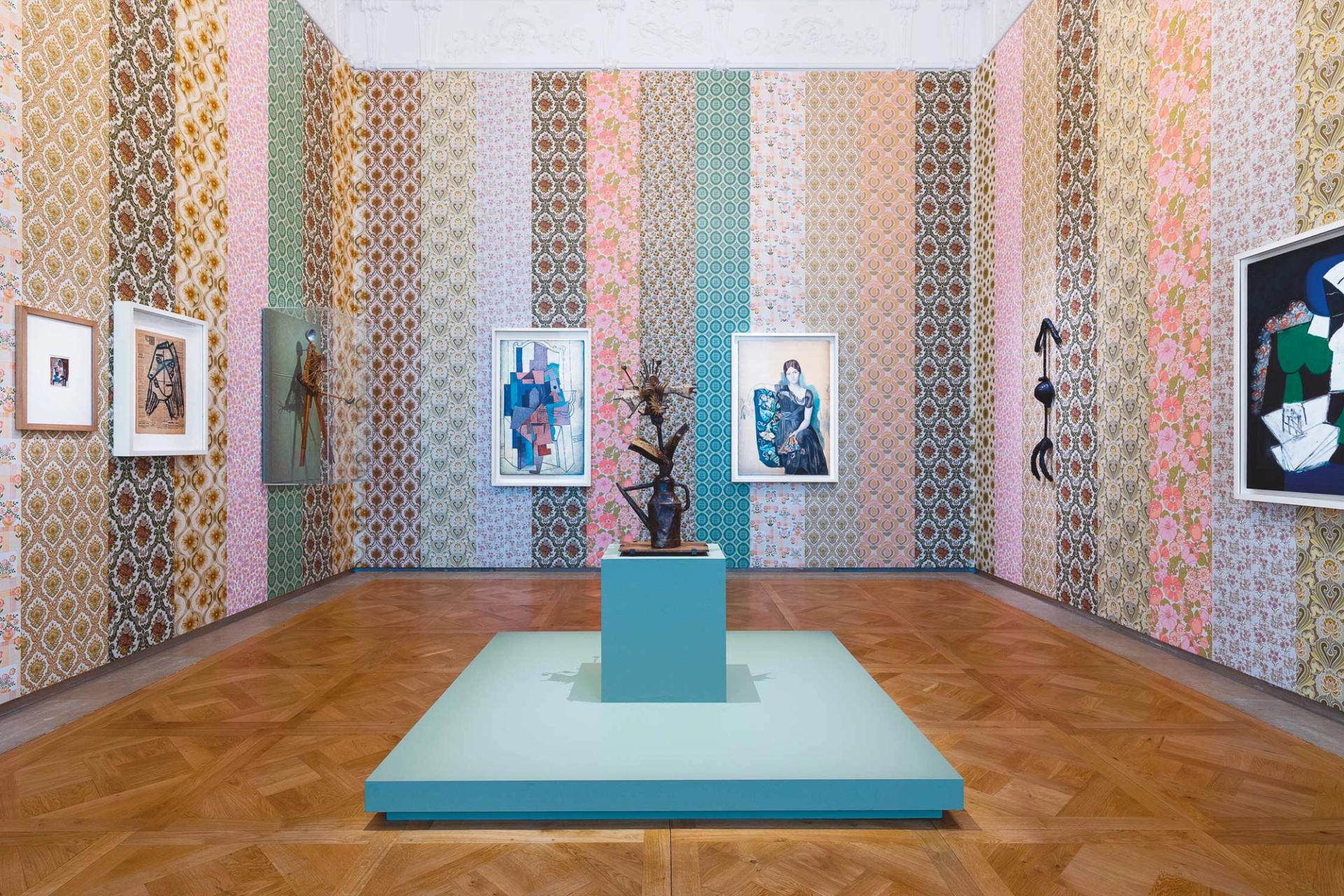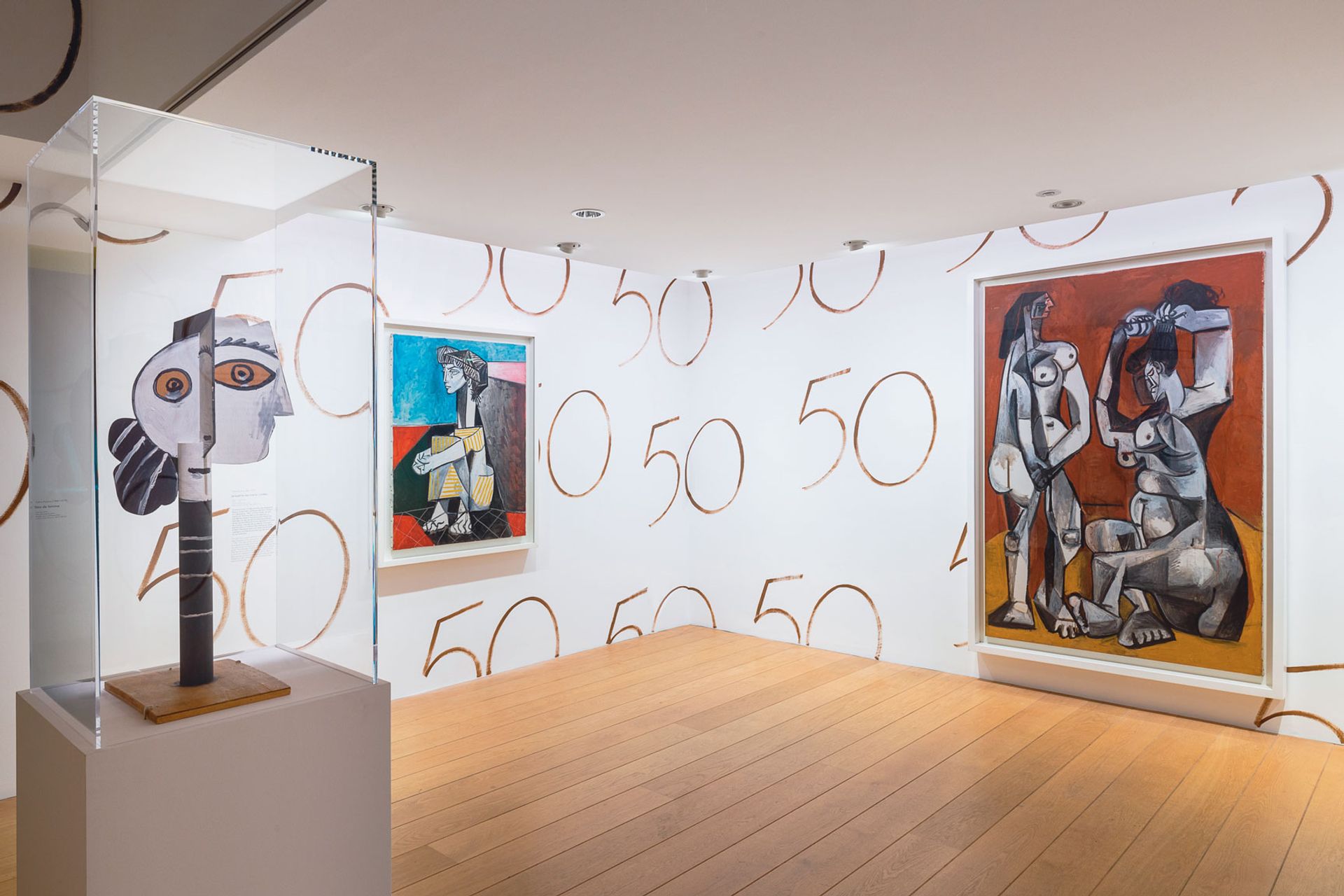It is not an exaggeration to say that the Musée National Picasso in Paris changed my life. I first visited on a school trip when I was 17 and Modernism-curious. Until that day, I hadn’t “got” Picasso. Perhaps I needed to be immersed in a way that one only can be with that extraordinary collection, in the venerable, austere spaces of the mansion that houses it, the Hôtel Salé. But I can still recall the shock of that epiphany; it was as if, like the Cubist works that occupied some of the rooms, my view of the world had at once been shattered and opened up. My memory of seeing a 1937 portrait of Dora Maar for the first time resembles one of those revelatory movie scenes where the protagonist’s life flashes before them in a momentary, rumbling vortex.
A new orthodoxy that declares that art in itself is not enough
I write this not as an exercise in nostalgia but because the Musée Picasso is marking the 50th anniversary of Pablo Picasso’s death with Picasso Celebration: the Collection in a New Light, a project that the museum’s president, Cécile Debray, says “prefigures the Musée Picasso of tomorrow” and is explicitly attempting to attract new and young visitors like I was on that day. The efforts of Debray and her co-curator Joanne Snrech hint at a promising future that acknowledges a social context for looking at Picasso that has utterly changed since my 1990s encounter.
One innovation is the inclusion of women artists who were Picasso’s contemporaries—works by Louise Bourgeois and a marvellous photo collage by Dora Maar, 29 rue d’Astorg (1936). Elsewhere, works by contemporary artists begin to offer new interpretations of Picasso’s life and work, including pieces by the Nigerian-born painter Obi Okigbo and the Congolese artist Chéri Samba.
But these are not the headline interventions. The boldest statement is in the invitation to the British fashion designer Paul Smith to lead the artistic direction of the displays. Smith admits in the exhibition catalogue that he has “little academic knowledge of Picasso”. Describing his approach, he often reaches for the word “visual”: he has put together “more of a visual experience” that is “interesting for younger audiences”, he says; Smith insists repeatedly that he is “a very visual person”. And no one that sees this presentation will doubt that it makes an impact on the eyes. But the effect is catastrophic.

Installation view of Picasso's portrait of his son, Paul en Arlequin (1924) © Musée national Picasso-Paris, Voyez-Vous (Vinciane Lebrun) and Succession Picasso 2023
It begins badly and never really recovers. Picasso’s Tête de taureau, the 1942 sculpture in which he took the handlebars and seat of a bicycle and arranged them uncannily into a bull’s head, is alone on a wall opposite 16 contemporary versions by Smith, a cycling enthusiast: 15 of Smith’s seats are plain black, one is emblazoned with his trademark coloured stripes. I have no idea what he intends to suggest about Picasso’s sculpture here, other than that bicycles still exist and can be Paul Smith-branded.
The bafflement continues, room after room. Blue Period paintings, like Picasso’s early, bearded self-portrait and La Célestine (La Femme à la taie) (1904), are hung on blue walls, which they sink into rather than pop out of. The studies of nudes made ahead of Les Demoiselles d’Avignon (1907) are hung on shocking pink so that the subtleties of their colouring—delicate pinks and ochres—are made only paler.
Elsewhere, a group of collage-themed works of different periods are brought together. They include the great first Cubist collage, Nature morte à la chaise cannée (1912)—an oval, bordered by rope, with the rattan-patterned oilcloth accompanied by a painted still life with a newspaper, candle and knife—and the 1959 sculpture of a pregnant woman, clearly inspired by African art, where the figure effectively becomes an arrow with arms at the point and legs at the tail, her pregnant belly a ball in the middle. But they are set on stripes of busy floral wallpapers that declare a visual war on everything placed on them.

An installation view of Picasso's ceramic plates © Vinciane Lebrun/Voyez-Vous
To use fashion parlance, the artworks become accessories for Smith’s decorations. At no point do they benefit from their setting. Two mid-1920s, classical-period portraits of Picasso’s son Paul, as the commedia dell’arte characters Harlequin and Pierrot, are placed amid walls whose patterns blow up details in their outfits, again diminishing the delicate, tender power of the paintings themselves. A cluster of Picasso’s inspired plays on ceramic plates, from ancient Greece to 16th-century Palissy, are not allowed to breathe and exist in ample space but instead gathered in a tight cluster amid a floor-to-ceiling grid of dishes from plain white dinner services. Apparently this is an attempt to “question the relationship between mass-produced industrial objects and those made using craftsmanship”. But “question” how, exactly?
Smith says that his approach was deliberately “spontaneous” and “instinctive”, adding, “I’ve never laboured over anything.” This is the key failing in the entire endeavour: an absence of intellectual rigour. Perhaps the nadir of the entire display is a space in which the thought process seems to have been “let’s hang this stripy picture next to that stripy picture on some stripes”. One of those paintings is the seated portrait of Dora Maar that moved me so much all those years ago, which is resiliently dazzling in its invention and intensity—at least, when you get close enough to block out the wretched blue and white stripes it hangs on.
This is not a plea for white cubes and purist Modernist aesthetics or for the Musée Picasso to be risk averse. It is absolutely the right time to rethink how they represent Picasso and the unique resources of this collection, and to bring a radical intelligence to their programming. But for all that Smith may claim that his presentation is “unconventional”, commissioning him is a conservative act. Of course, his idea that you can make the Musée Picasso more visual is absurd—few artists ever seem to have thought about and explored the nature of looking and vision more than Picasso, and it is writ large in his works. But perhaps the key term in Smith’s utterances is “visual experience”, especially when allied to his assertion that it is a show for “the world of pop we are in now” where “everything is very immediate on people’s phones”.

Another decorative room in the Picasso Celebration exhibition © Musée national Picasso-Paris, Voyez-Vous (Vinciane Lebrun) and Succession Picasso 2023
His scenography is part of a new, insidious orthodoxy, in league with ubiquitous immersive experiences, that declares that art in itself is not enough; it needs spectacle, gimmickry, instagrammability. It disrespects not just the art, but the audience, too.
And to expose that tendency, one only needs to head downstairs at Musée Picasso and see the Faith Ringgold show that has travelled from the New Museum in New York. Beautifully installed on plain white-ish walls, the paintings, sculptures and quilts attracted a diverse audience of all ages. Many were in rapt communion with the works, and yes, often with a smartphone in their hand. So, in this great museum, epiphanies are still possible—please, just trust in the art.
• Picasso Celebration: the Collection in a New Light, Musée National Picasso-Paris, until 27 August. Curators: Cécile Debray and Joanne Snrech. Art director: Paul Smith

Installation view of the Picasso Celebration exhibition in Paris © Musée national Picasso-Paris, Voyez-Vous (Vinciane Lebrun) and Succession Picasso 2023
What the other critics said
In the French magazine Connaissance des Arts, Guillaume Morel suggests Paul Smith’s scenography can be humorous and light, “words rarely associated with an exhibition”. He argues that the “thousand and one surprises” of Smith’s mise-en-scène “never interfere with the readability and understanding” of the museum’s masterpieces.
Judith Benhamou writes in the French newspaper Les Echos that while it is “certainly good to attract fresh eyes to museums”, Smith has “enjoyed too much freedom” and the decorations are “anecdotal”. She praises Smith’s “practised eye for pattern”, but criticises his “lack of imagination”, particularly in the decision to show Picasso’s 1950s paintings on “a wallpaper invaded by the number 50”.


